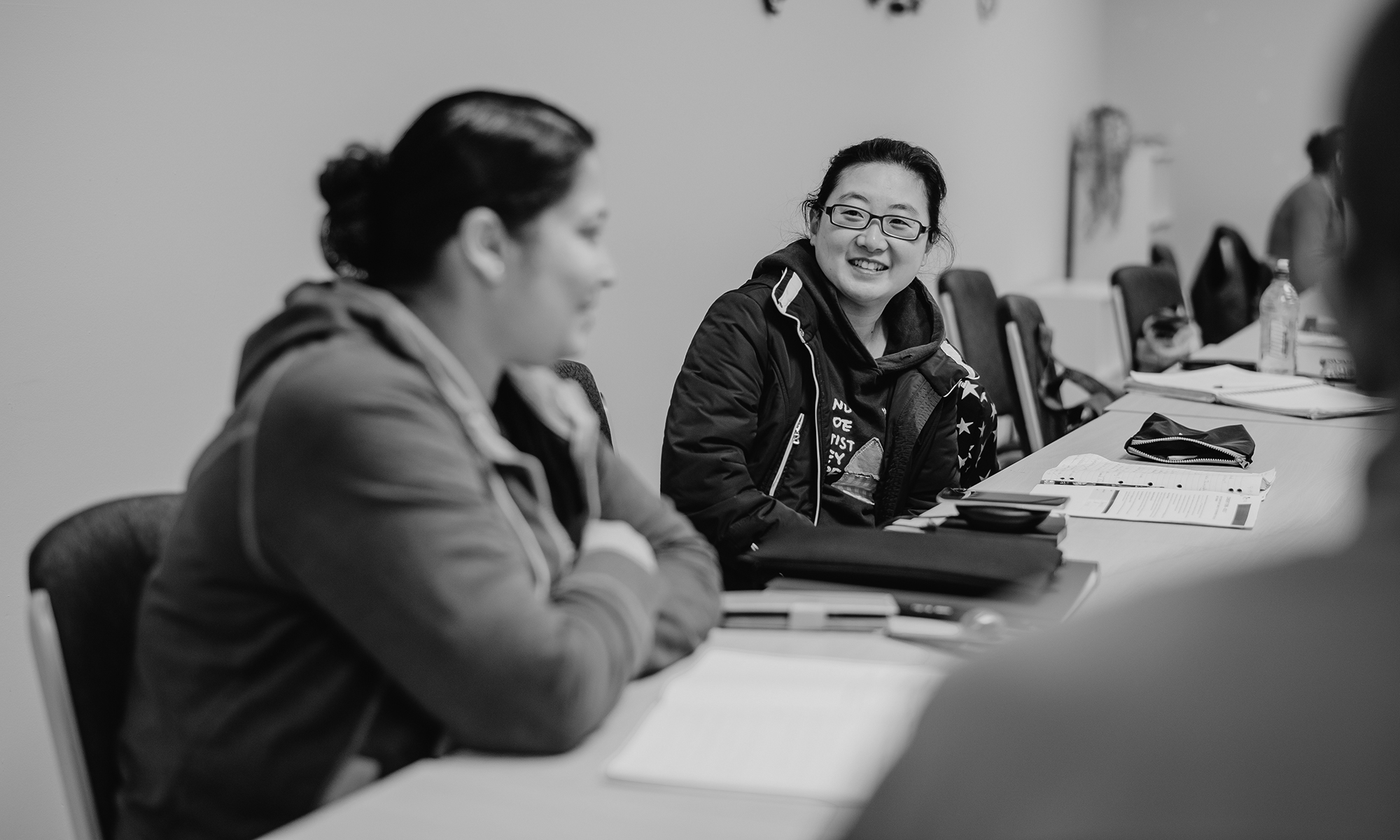Author: Cheryl Bookallil and John Rolfe, Central Queensland University
Edition: Volume 56, Number 1, April 2016
Summary: Enrolment in university enabling programs has expanded dramatically in the last decade as universities strive to increase enrolments, particularly of students from low socioeconomic backgrounds. Offering enabling study by distance education has been part of this expansion with the benefit of providing access to a wider enrolment base. The purpose of this study was to compare enabling program completions and articulations to undergraduate study as well as student academic performance between those students who undertook enabling by internal mode and those who opted for distance education. Archival data from the host university student records system was extracted covering the time period from 2001 to 2011. Statistical analysis found significant differences existed in both course completion and articulation for students enrolled in online learning versus face-to-face teaching. Analysis also revealed academic achievement in the enabling programs, as measured by Grade point Average (GPA), to be higher among internal students compared to
distance students.
Keywords: University enabling programs; distance education; attrition; completion; articulation; grade point average
![]()
![]()
![]()
![]() Share a copy of this abstract.
Share a copy of this abstract.
This article is part of AJAL, Volume 56_1. The entire volume is available in .pdf for purchase here.
